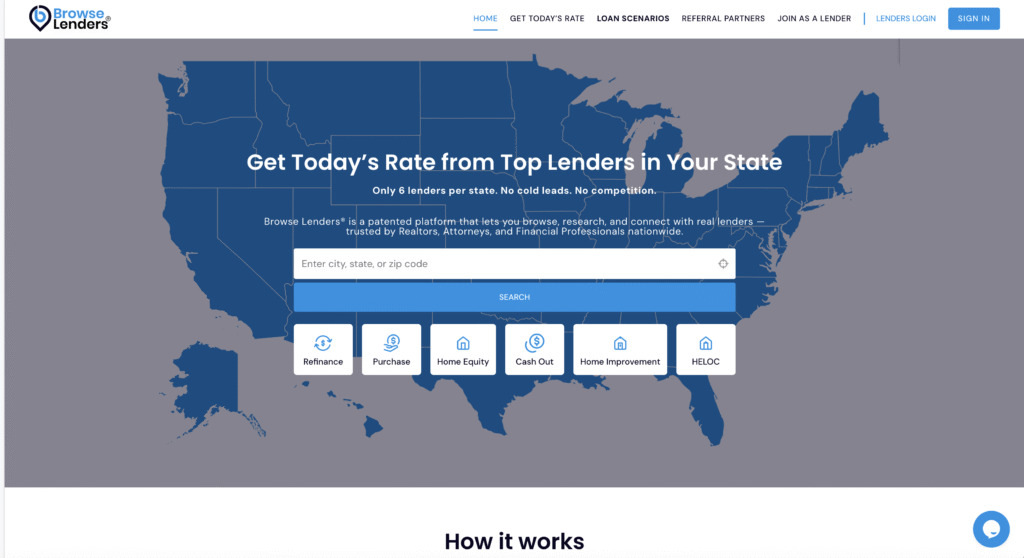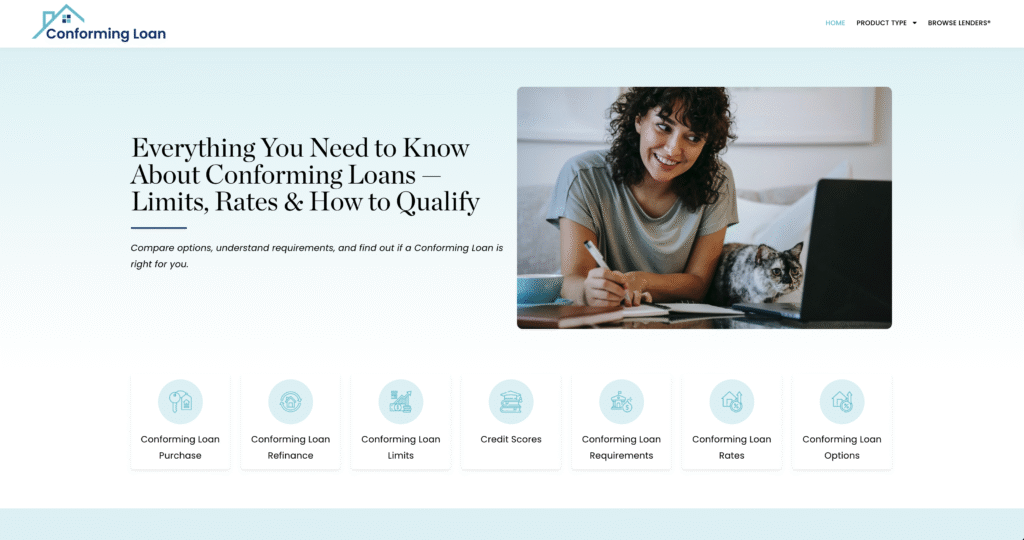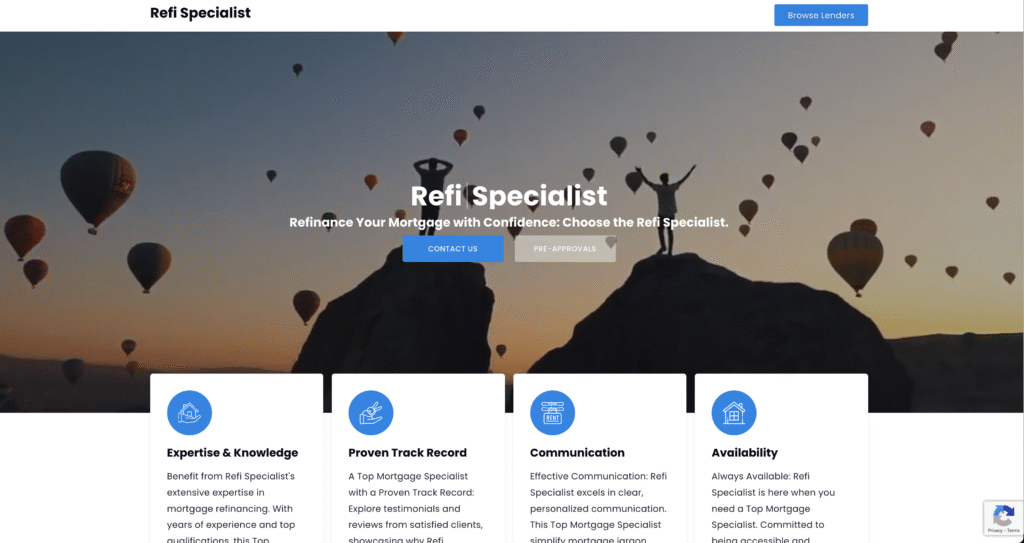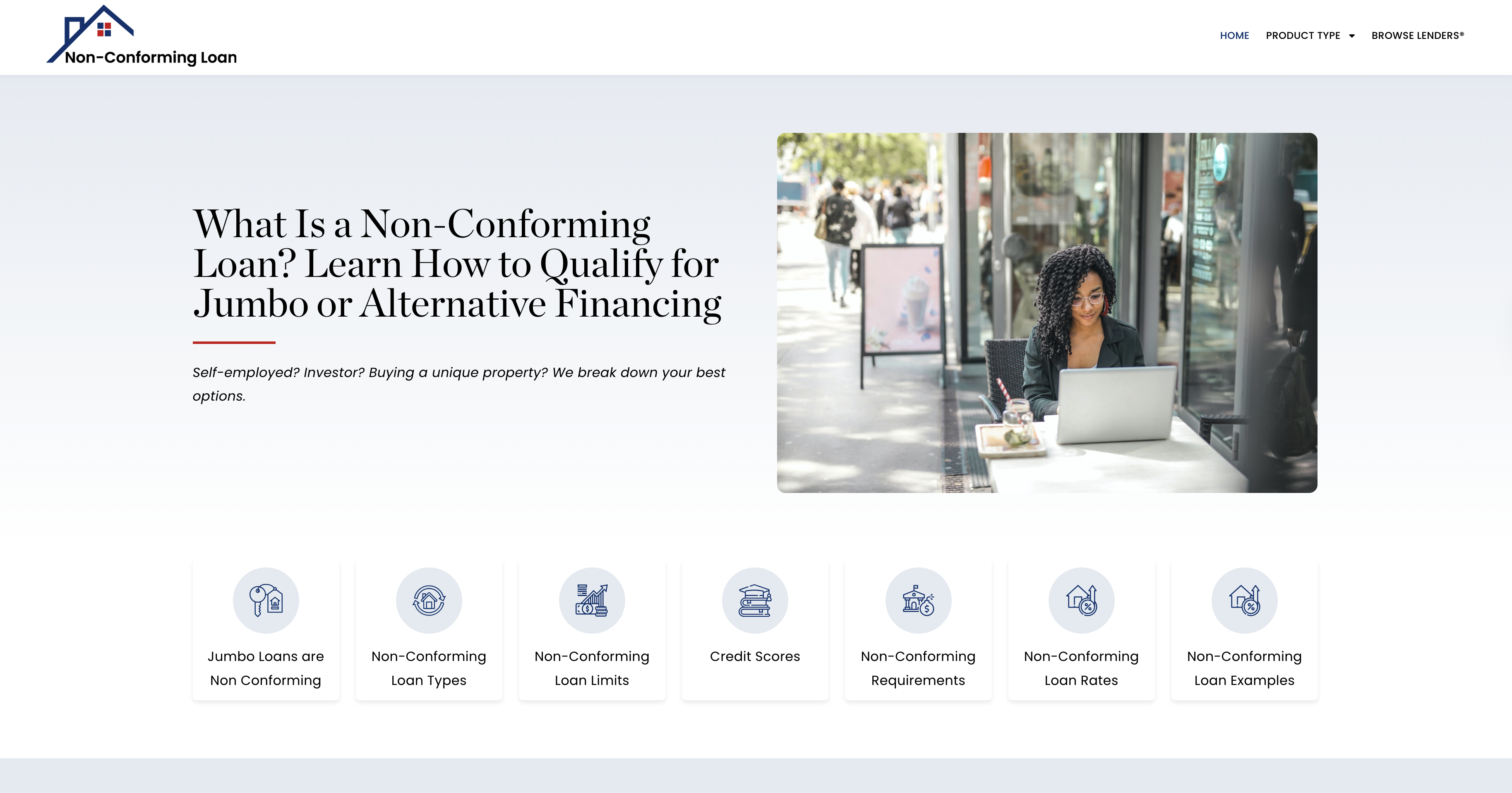Most people go their entire adult lives believing they “have a credit score.” They talk about it as a single number — one identity, one rating, one financial reputation. But the system never evaluates a borrower using “a” score. It evaluates them using three separate scores and then selects the only one it is willing to trust:
the Middle Credit Score®.
This single misunderstanding is the root of almost all confusion in consumer credit readiness. It is why people feel blindsided when they are denied, quoted higher rates, told to “come back later,” or priced differently than they expected. They were watching the wrong number. They were tracking a score that was never going to be used.
The credit industry does not attempt to correct this misunderstanding. In fact, it quietly benefits from it. When consumers focus on their highest score, they feel optimistic — but lenders never use the highest score. When consumers panic over their lowest score, they feel discouraged — but lenders never use the lowest score either. The system takes the one number you are least likely to monitor consistently: the middle.
Why the Middle Credit Score® Is the Only One Institutions Trust
The industry does not select the Middle Credit Score® by accident. It uses the middle number because it is considered the most reliable predictor of behavior. The lowest score reflects harsh interpretation. The highest score reflects ideal conditions. The middle score reflects realistic reliability.
In institutional terms, the middle score is the stability score. It is the score that underwriters believe most accurately represents how you actually manage risk in your financial life.
The Middle Credit Score® is not “one of the three” —
it is the governing score that determines:
- Whether you are approvable
- What terms you are offered
- How much risk premium is attached to you
- Whether you are routed through fast approval or scrutiny
- Whether pricing is favorable or defensive
Every major financial system is calibrated to trust the middle, not the edges.
Why Consumers Never Hear This Upfront
If the industry told consumers plainly:
“The only score that counts is your middle score,”
millions of people would realize how far from readiness they really are — and they would start behaving strategically.
But if consumers keep watching the highest score, they stay complacent.
If they keep fearing the lowest score, they stay discouraged.
Both keep them confused — confusion keeps them dependent.
The lower your financial literacy, the more the system profits from you.
Insurance companies can justify higher premiums.
Auto lenders can justify risk-based pricing.
Landlords can justify higher deposits.
Mortgage lenders can justify tougher terms.
Every form of financial friction generates revenue —
and friction is sustained through partial understanding.
The Middle Score is hidden in plain sight, but never emphasized.
Not because it is obscure — but because it is decisive.
The Middle Credit Score® Is Not a Measurement — It’s a Classification
When a lender looks at your middle score, they are not looking for a number — they are looking for predictability. The middle score classifies the borrower into a risk posture. It is a translation of how much oversight, margin, and caution the institution believes you will require.
This means:
The middle credit score is not the result of your history —
it is the institution’s forecast of your future behavior.
Your highest score tells the industry who you might be on your best day.
Your lowest score tells the industry who you were on your worst day.
Your middle score tells the industry who you are most of the time.
That is the only version of you they can price.
Why Consumer Apps Lead You to the Wrong Interpretation
Every major consumer-facing credit app knows the public does not understand the difference between “a score” and the score used to make real financial decisions. These platforms intentionally lean into that misunderstanding because engagement is higher when people believe small score fluctuations = big financial change.
People check apps obsessively when they feel like their fate is changing day to day. But underwriting does not respond to day-to-day fluctuations; it responds to stability windows.
This is why someone can say:
“I raised my score 40 points,”
yet still be denied — because they never moved their middle credit score®, only one of the three.
That is the moment when consumer perception collides with system reality.
Progress Without Middle Credit Score® Movement Is Not Progress
A borrower can work tirelessly, dispute accounts, pay down balances, shift utilization — and still be stuck because their middle score never meaningfully changed.
This is when they say:
“I feel like I’m doing everything and nothing is working.”
But the problem is not that nothing is working.
The problem is that they were improving the wrong score.
The middle score is the one tied to:
- pricing thresholds
- approval tiers
- deposit requirements
- insurance scoring models
- employer perception in financially sensitive roles
- future capacity projections
The moment your middle score crosses a boundary, your financial treatment changes — even if the high and low scores haven’t moved at all.
This is why understanding Score Basics is not about “how scores are calculated.”
It is about which score controls your life and why.
How the Middle Score Governs Real-World Outcomes
(~1,000–1,300 words)
Understanding that the middle score is the controlling score is the first shift. Understanding how it governs your financial life is the second — and this is the part consumers never see explained.
Most people think a credit score is a rating.
Institutions use it as a filter.
They are not asking, “Who are you?”
They are asking, “How much oversight will you cost us?”
The middle score answers that question — cleanly, immediately, and decisively.
This is why once your middle score moves into the correct range, institutions suddenly “treat you differently.” It is not because they view you morally better — it is because they view you operationally cheaper.
Why the System Ignores Your Highest Score
The highest of the three scores is considered inflated optimism.
Lenders interpret it as an upper-bound scenario — useful for reference, but not reliable for pricing.
Your highest score tells the institution:
“This is who the borrower could be if everything goes right.”
But underwriting does not lend based on “if everything goes right.”
It lends based on “who you are under normal conditions.”
That’s why the highest score never governs pricing — it’s not proof,
it’s potential.
And potential does not reduce lending risk.
Why the System Ignores Your Lowest Score
Most people assume their lowest score is the “danger number” blocking them from opportunities — but in reality, lenders rarely consider the lowest score a fair representation either. It is read as worst-case exposure, often influenced by timing or bureau variability.
Your lowest score tells the institution:
“This is who you were under stress or in a one-off moment.”
Institutions don’t want your worst day.
They want your predictable day.
That leaves only one score:
the Middle Credit Score® — your behavioral average.
The Middle Score Is the “Reliability Score”
This is why the middle score is not a credit number — it is a statistical trust anchor. It blends the three profiles into the one interpretation underwriting can price with confidence:
- Not who you are at your best
- Not who you are at your worst
- But who you are most consistently
The system doesn’t reward excellence — it rewards stability.
Your middle score is stability quantified.
Why All Major Financial Gateways Use the Middle Score
There is a direct through-line from your middle score to your treatment in the world:
| Life Area | Why Middle Score Controls It |
|---|---|
| Housing | Predicts whether you will stay stable as a tenant or homeowner |
| Auto Loans | Predicts whether you will default during income stress |
| Insurance | Predicts cost-of-loss exposure to the carrier |
| Employment (financial roles) | Predicts responsibility & self-management |
| Security Deposits | Predicts likelihood of reclaim vs forfeit |
| Credit Limit Access | Predicts lender risk carry cost |
None of these respect your highest score.
None of them fear your lowest score.
All of them rely on your middle because the middle is not a moment — it is a pattern.
Patterns are what lenders can price.
The Moment the System “Switches Modes”
There is a point in the borrower journey where the institution’s posture switches from protective to accommodating — and that threshold is not emotional, personal, or subjective.
It is triggered by one event:
Your middle score crossing from “monitor” to “trust.”
That’s when underwriting stops looking for instability
and starts reducing barriers.
This is why one borrower is asked for documentation, letters of explanation, proof of stability, reserves, and secondary checks — while another borrower breezes through approval with minimal verification.
Same income.
Same job.
Same paperwork.
Different middle score maturity.
Readiness Is Not “Qualification” — Readiness Is Interpretation
Most people think readiness means “am I allowed in?”
But that is the wrong benchmark.
Readiness means:
“How will the system treat me once I enter?”
The middle score determines treatment, not access.
A borrower can get “in the door” with a mediocre score —but they are not advantaged until the middle score is strong enough to read as low-friction reliability.
That’s the difference between:
- approved vs preferred
- pricing vs incentive
- tolerated vs trusted
And this is the moment where Browse Lenders® becomes powerful — because once readiness is achieved, the consumer is no longer chasing lenders… lenders are competing for a ready borrower.
Middle Credit Score® Is the First Time the Consumer Sees the Same Data the System Sees
Everything about the platform is built on one truth:
You cannot win inside a system that interprets you differently than you interpret yourself.
The public has been trained to watch the wrong score, optimize the wrong data, and chase the wrong indicators. Middle Credit Score® corrects the lens — not by giving a number, but by giving the actual perspective institutions use.
Once the consumer understands the middle score, they stop thinking like an applicant and start thinking like an evaluated participant — and that shift alone changes their financial outcomes more than any tactics, budgeting apps, or quick-fix strategies ever could.
This is why the Middle Score is not “a detail” — it is the governing rule of the entire system.
And once you understand the rule, you finally understand the game.






